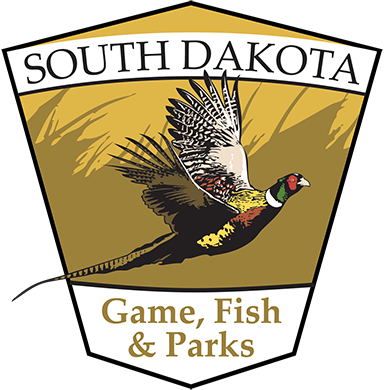wetland Restoration Practices
Wetlands of different types, sizes, and depths are scattered across South Dakota's landscape, especially in the Prairie Pothole Region, east of the Missouri River. Wetlands are categorized based on the period of time they contain water. Some wetlands only hold water for a few weeks after spring thaw while others hold water throughout the year in most years but each type critical for different species of wetland dependent wildlife. Temporary wetlands supply protein rich food required for egg production and provide abundant breeding territories for early nesting species such as pintails and mallards. As the spring progresses, temporary wetlands begin to dry and seasonal wetlands are utilized by breeding blue-winged teal and renesting mallards. Semipermanent wetlands contain water later in the spring and early summer throughout most years and provide habitat for later nesting species such as gadwalls.
The South Dakota Game, Fish and Parks recognizes the opportunity and immediate benefits of restoring hydrology and function to drained wetlands. Landowners also recognize the benefits wetlands can provide; such as improving water quality, serving as natural sponges to reduce flooding, supplying water and providing hay and forage for livestock.
South Dakota Game, Fish, and Parks provides 100% cost share for wetland restoration projects involving removal of tile and plugging drainage ditches. Additional incentives for restoring wetlands may be available on a per project basis. This excludes restorations necessary for compliance with NRCS swampbuster or other regulatory provisions.
GFP habitat biologists will survey, design, and stake projects for construction, while assisting the landowner in obtaining all required permits. Contact one of them today to learn more.

